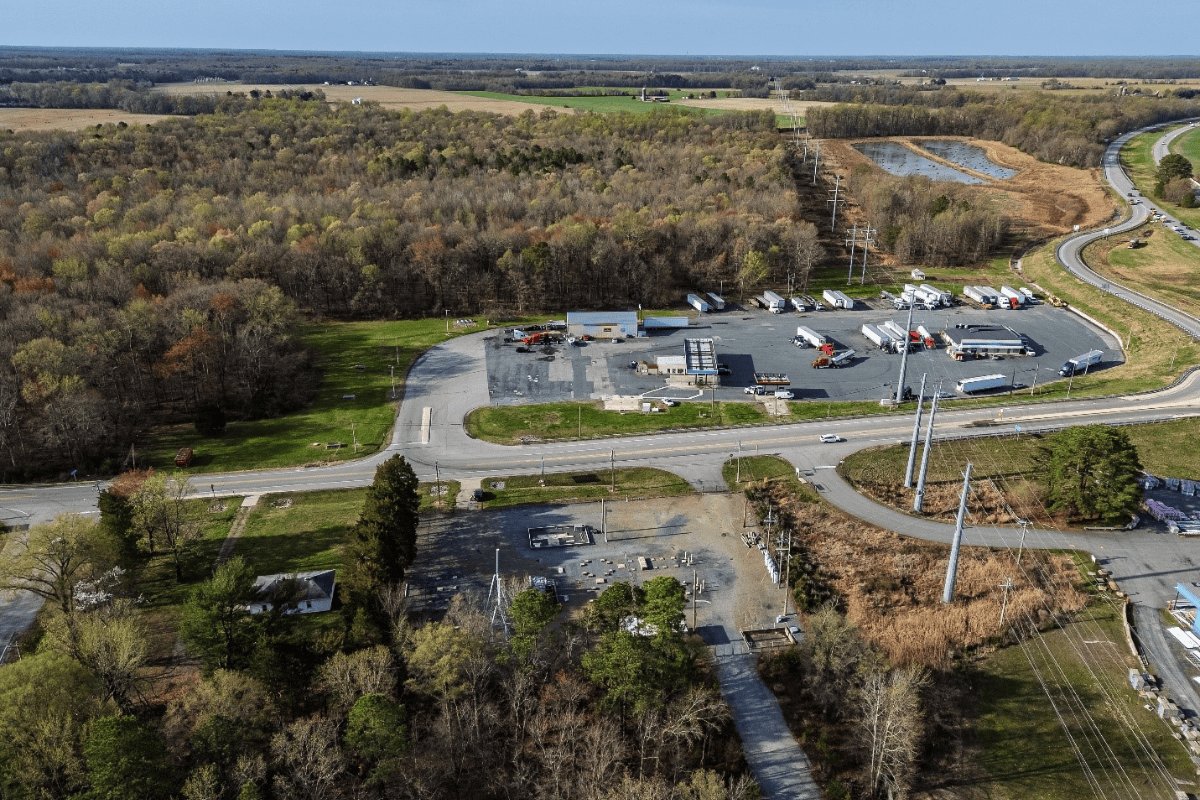
MDOT evaluates extra land from completed projects statewide to see how it can be put to better use through its Office of Real Estate and Economic Development. (MDOT)
When people think of the Maryland Department of Transportation (MDOT), they likely picture roads, bridges, trains and buses – not real estate. But MDOT is one of the largest landowners in the state, managing thousands of acres of land used for everything from highways to rail corridors.
Through its Office of Real Estate and Economic Development, MDOT evaluates extra land leftover from completed projects and determines whether it can be put to better use. These properties – often not taxable and unused – are either sold via public auction or through negotiated sale to the adjoining owner. The proceeds are deposited into the Transportation Trust Fund, providing an additional source of revenue for future transportation projects.
Selling excess property not only generates new revenue for the state and local jurisdictions – it creates opportunities for economic development, including new housing, businesses and infrastructure. One example is the Carrig, Everhart & Weir property in Howard County. Originally acquired in 1978 for the relocation of MD Route 32, this 8.3-acre property was sold for just over $3 million and is being developed into a multifamily housing complex near the Savage MARC Station – a win for the region’s housing market and for transit-oriented development.
In recent years, MDOT has auctioned everything from vacant land to industrial sites and fueling stations. In June 2025, MDOT auctioned the Trailway Truck Terminal in Centreville for a record-breaking $3.35 million – the largest auction sale in MDOT history! The property was originally acquired in 2017 for interchange improvements at US 301 and MD 304 in Queen Anne’s County, but as it’s no longer needed, it will become a major revenue source for the State.
Since Fiscal Year 2022, MDOT has sold off nearly $20 million worth of excess property – funds that will directly support Maryland’s transportation infrastructure. And the impact doesn’t end there. The sales result in long-term benefit through state and local tax revenue, in addition to housing and jobs realized through land development. As such, MDOT’s sale of excess property can be a powerful tool for economic development.
Interested in available properties? Visit the MDOT Office of Real Estate and Economic Development website to explore current listings: www.mdotrealestate.maryland.gov and click on Real Estate Services.
Mashel Wakil is a Director with the Office of Real Estate and Economic Development at the Maryland Department of Transportation.

